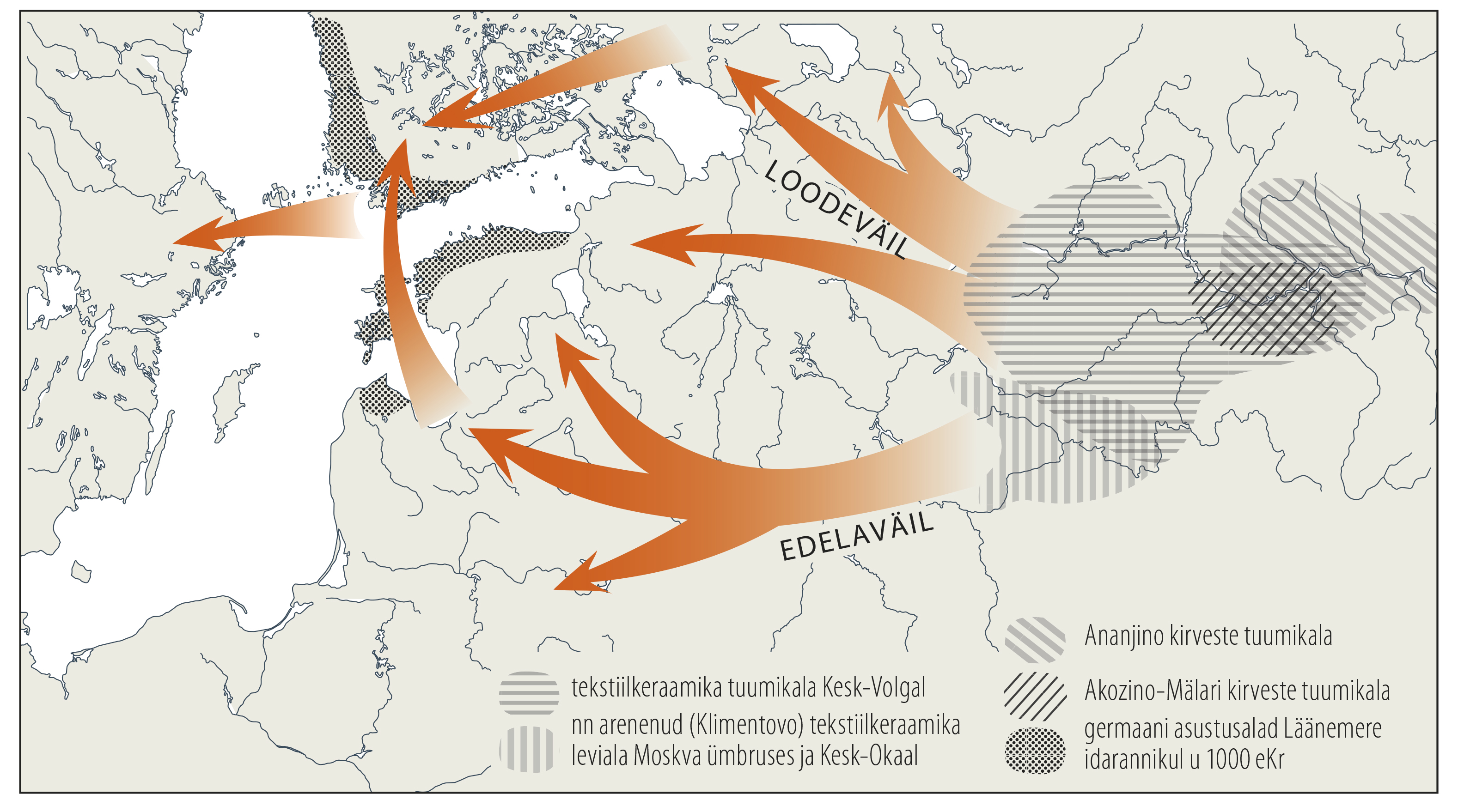'West Uralic' is the term for the common prehistoric protoform of the Finnic, Saamic and Mordvinic languages. The period between ca. 2000 and 1000 BC has been defined as the time of West Uralic, when the three linguistic branches mentioned had at the time not yet differentiated from each other and the speakers of West Uralic languages lived fairly close to one another in the eastern part of North Europe. The concept of West Uralic was implemented when the protoform of the Mordvinic languages was connected with those of the Finnic and Saamic languages. The basis of this are research results which indicate that common features can be found in all of the three westernmost Uralic branches.

The linguistic unity of West Uralic began to break down already before 1000 BC, when a part of its speakers started their voyage from Central Russian regions to the west. The journey was made mainly along major rivers. The southern route west was chosen by speakers of Proto-Finnic, who reached the Baltic region while moving along the River Daugava and its vicinity between 1200 and 800 BC. Speakers of Proto-Saami travelled west and northwest from Central Russia apparently somewhat earlier than this. Speakers of Proto-Mordvin diverged less from the West Uralic homeland and rather to the east: their habitat has historically extended significantly more to the west from modern-day Mordovia. Geographical divergence brought about also linguistic divergence. It has been estimated that the diversification of West Uralic into three branches was finalised around 500 BC. By this time, Early Proto-Finnic had developed.
Speakers of West Uralic who chose the southern route west were in intensive contact with East Baltic tribes, that is, the ancestors of Latvians and Lithuanians, both on the way to and when reaching the shores of the Baltic Sea. Evidence of this is given by the numerous Baltic loanwords in all the Finnic languages. Individual Baltic loanwords are attested also in Mordvin and Saami languages, which points to the beginning of Baltic contacts during the period of Late West Uralic. Many Baltic loanwords have reached the Saami languages also later via the Finnic languages. The dating of the Baltic loanwords has facilitated the delineation of the West Uralic time frame.



